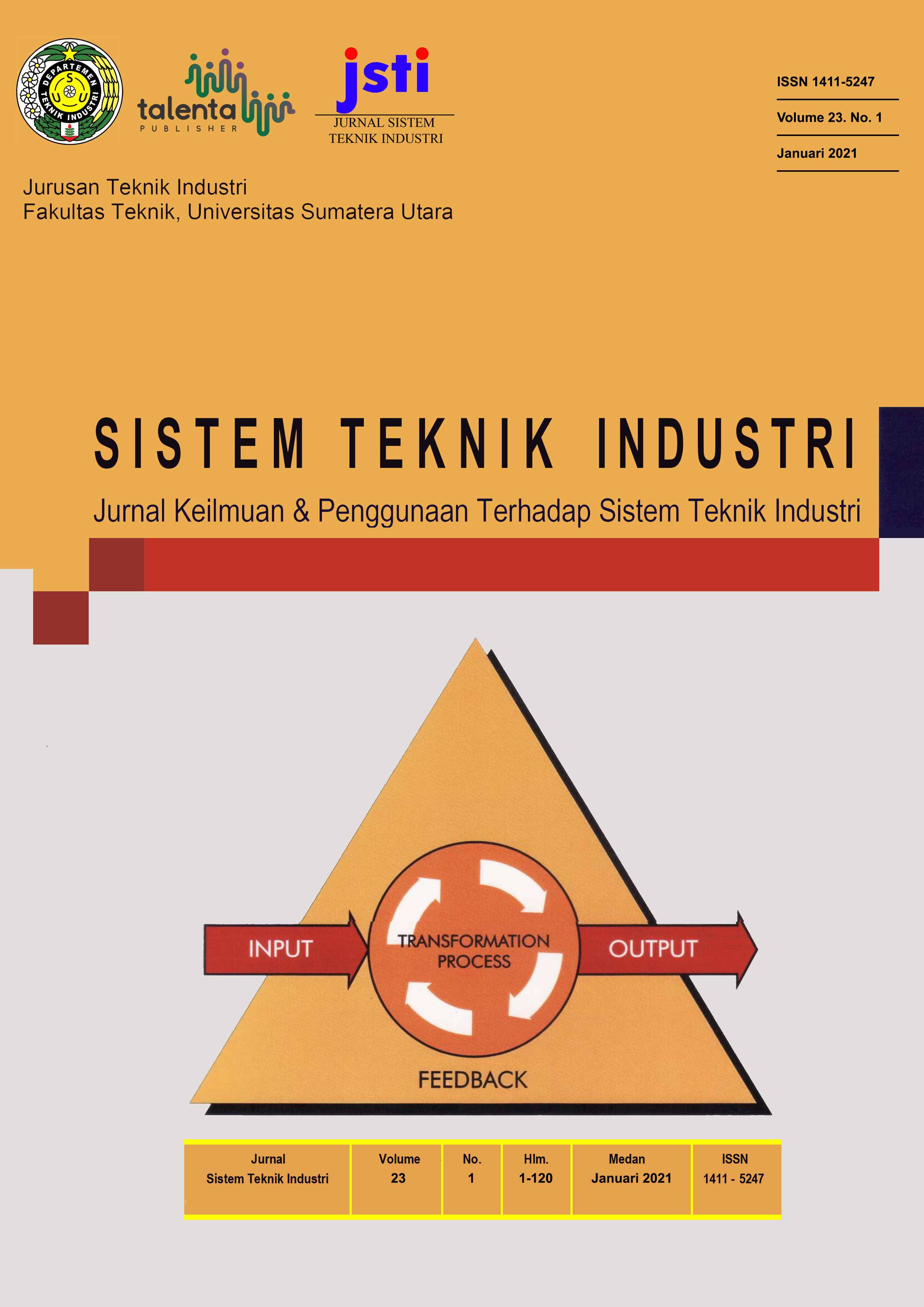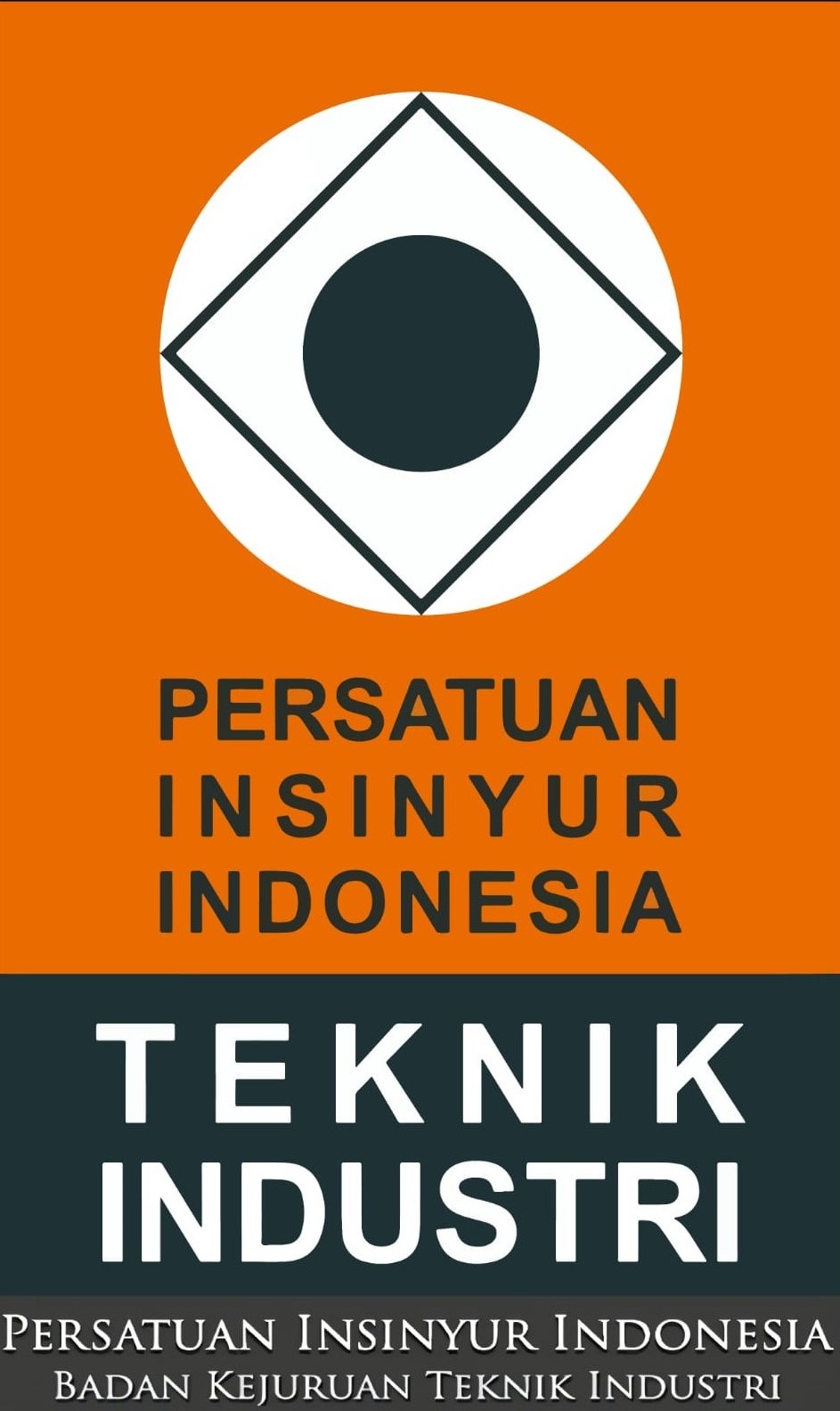Performansi Pipa Bersirip Alat Penukar Kalor Udara-Tanah Menggunakan Siklus Terbuka
DOI:
https://doi.org/10.32734/jsti.v23i1.5356Keywords:
Earth Air Heat Exchanger, Coefficient of Performance, Overall Heat Transfer CoefficientAbstract
In heat exchanger analysis using the Earth Air Heat Exchanger method, the overall heat transfer coefficient is known. This tool uses tubes in its design. The weakness of tube and plate type heat exchangers is the relatively low heat transfer coefficient, which can only reach a maximum of 60%. Therefore, a method to improve the heat transfer efficiency is using a fin. The purpose of this study is to calculate and compare the effectiveness (ε) value of experimental and theoretical of the Earth Air Heat Exchanger, as well as to find out the value of the coefficient of performance. The result showed that the average COP value of the experimental result is 0.63 at a speed of 1 m / s, 0.54 at the speed of 2 m / s, and 0.75 at the speed of 3 m / s, while theoretically is 0 , 73 at 1 m / s, 0.57 at 2 m / s, and 0.80 at 3m / s. For the value of the average effectiveness of the experimental results obtained 0.85 at the speed of 1 m / s, 0.93 at the speed of 2 m / s, and 0.89 at the speed of 3 m / s, while the theoretical result is 0.995 at the speed of 1 m / s, 0.997 at 2 m / s, and 0.998 at 3 m / s.
Downloads
References
Y. Cengel, Heat Transfer : A Practical Approach, 2nd ed. New York: Mc Graw-Hill, 2003.
F. P. Incropera and D. P. Dewitt, Introduction to Heat Transfer, 7th ed. New York: John Wiley & Sons, 2011.
D. Belatrache, S. Bentouba, and M. Bourouis, “Numerical analysis of earth air heat exchangers at operating conditions in arid climates,†Int. J. Hydrogen Energy, vol. 42, no. 13, pp. 8898–8904, 2017, doi: 10.1016/j.ijhydene.2016.08.221.
H. Ben Jmaa Derbel and O. Kanoun, “Investigation of the ground thermal potential in tunisia focused towards heating and cooling applications,†Appl. Therm. Eng., vol. 30, no. 10, pp. 1091–1100, 2010, doi: 10.1016/j.applthermaleng.2010.01.022.
T. S. Bisoniya, “Design of earth–air heat exchanger system,†Geotherm. Energy, vol. 3, no. 1, 2015, doi: 10.1186/s40517-015-0036-2.
H. BULUT, Y. DEMİRTAŞ, R. KARADAĞ, and İ. HİLALİ, “ID 57 Presentation Experimental analysis of an Earth Tube Ventilation system under Hot and Dry Conditions H . BULUT ID 57 - Experimental Analysis of an Earth Tube Ventilation System under Hot and Dry Climatic Conditions,†2015.
J. Pfafferott, “Evaluation of earth-to-air heat exchangers with a standardised method to calculate energy efficiency,†Energy Build., vol. 35, no. 10, pp. 971–983, 2003, doi: 10.1016/S0378-7788(03)00055-0.
J. Vaz, M. A. Sattler, R. da S. Brum, E. D. dos Santos, and L. A. Isoldi, “An Experimental Study On The Use of Earth-Air Heat Exchanger (EAHE),†Energy and Buildings., vol. 72, pp. 122–131, 2014.
H. Wu, S. Wang, and D. Zhu, “Modelling and evaluation of cooling capacity of earth–air–pipe systems,†Energy Convers. Manag., vol. 48, no. 5, pp. 1462–1471, 2007.
D. Yang, Y. Guo, and J. Zhang, “Evaluation of the thermal performance of an earth-to-air heat exchanger (EAHE) in a harmonic thermal environment,†Energy Convers. Manag., vol. 109, pp. 184–194, 2016, doi: 10.1016/j.enconman.2015.11.050.
P. Hollmuller and B. Lachal, “Air-soil heat exchangers for heating and cooling of buildings: Design guidelines, potentials and constraints, system integration and global energy balance,†Appl. Energy, vol. 119, pp. 476–487, 2014, doi: 10.1016/j.apenergy.2014.01.042.
J. P. Holman, Perpindahan Kalor, 2nd ed. Jakarta: Erlangga.
F. Kreith and M. S. Bohn, Principles Of Heat Transfer, 4th ed. New York: Harper and Row, 1986.
R. Kumar, A. R. Sinha, B. K. Singh, and U. Modhukalya, “A design optimization tool of earth-to-air heat exchanger using a genetic algorithm,†Renew. Energy, vol. 33, no. 10, pp. 2282–2288, 2008.
Downloads
Published
How to Cite
Issue
Section
License
Copyright (c) 2021 Jurnal Sistem Teknik Industri

This work is licensed under a Creative Commons Attribution-ShareAlike 4.0 International License.
The Authors submitting a manuscript do so on the understanding that if accepted for publication, the copyright of the article shall be assigned to TALENTA Publisher Universitas Sumatera Utara as the publisher of the journal.
Copyright encompasses the rights to reproduce and deliver the article in all forms and media. The reproduction of any part of this journal, its storage in databases, and its transmission by any form or medium will be allowed.



















